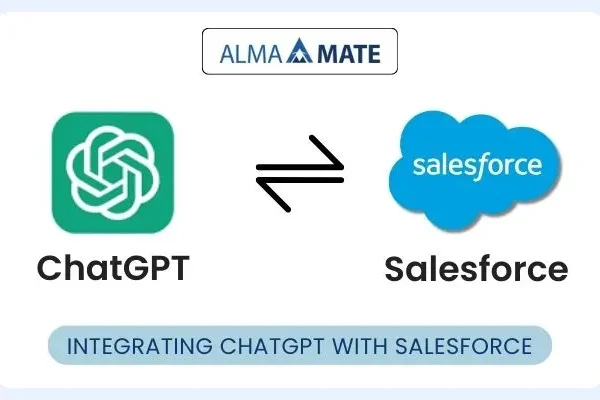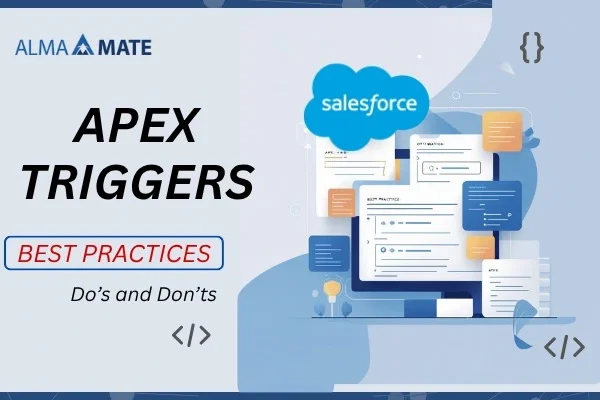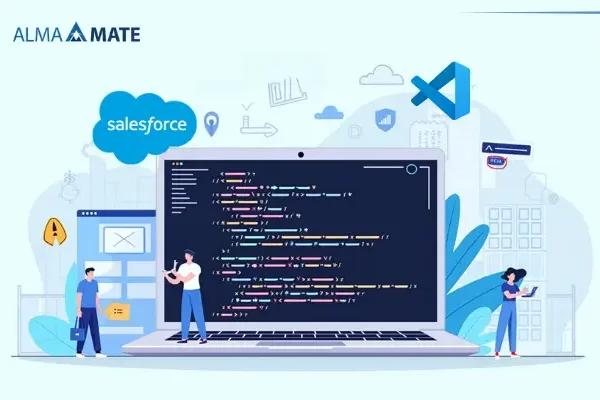Irrespective of whether you are new to development or have been coding as a professional coder for a long time, mastering JavaScript is a necessity for web development nowadays.
With its versatility powering everything from interactive websites to server-side applications, JavaScript remains a highly sought-after skill. Preparing for a JavaScript interview can feel challenging, but it doesn’t have to be so. This collection of 100+ JavaScript interview questions and answers has been put together to help you navigate the interview process confidently. This set of JavaScript interview questions covers a wide gamut of beginner & advanced topics—from core concepts like closures and prototypes, modern ES6+ features, and asynchronous programming—this guide covers the essentials one needs to study and revise.

Each question is paired with a concise answer and, where relevant, code examples to reinforce one’s understanding of the concepts. This resource may be used as a study companion, for quick reference, or as a practice tool. Work through these JavaScript interview questions at your own pace, test your knowledge, and revisit difficult concepts. Whether you’re honing fundamentals or diving into advanced topics, this guide supports your journey to acing that JavaScript interview. Let’s get started
Basic JavaScript Interview Questions
1. What is JavaScript?
JavaScript is a high-level, interpreted language for web development, supporting dynamic, event-driven, and functional programming.
2. What are the data types in JavaScript?
Primitive: undefined, null, boolean, number, bigint, string, symbol. Non primitive: object (includes arrays, functions).
3. What is the difference between undefined and null?
undefined means a variable is declared but not assigned. null is an explicit “no value” assignment.
4. What is the typeof operator?
Returns the type of a variable as a string (e.g., “number”, “string”, “object”).
1 console.log(typeof 42); // “number”
5. What is strict mode?
“use strict” enforces stricter parsing and error handling, preventing undeclared variables.
6. What is the difference between == and ===?
== checks value with type coercion; === checks value and type without coercion.

7. What is NaN, and how do you check for it?
NaN is “Not-a-Number.” Check with isNaN() or Number.isNaN()

8. What is a falsy value?
Values that evaluate to false in a boolean context: false, 0, “”, null, undefined, NaN.
9. What is type coercion?
Automatic conversion of values to another type (e.g., 5 + “5” becomes “55”).
10. What is the global object in JavaScript?
The window object in browsers or global in Node.js, serving as the top-level scope.
Variables and Scope
11. What is the difference between var, let, and const?
var is function-scoped, hoisted; let is block-scoped, reassignable; const is block-scoped, non-reassignable.
12. What is hoisting?
Declarations (not initializations) are moved to the top of their scope.

13. What is the Temporal Dead Zone (TDZ)?
The period where let/const variables are hoisted but inaccessible before initialization.

14. What is block scope?
Variables declared with let/const are limited to the block {} theyre defined in.
15. What is the scope chain?
The hierarchy of scopes JavaScript searches to resolve a variable, from local to global.
16. What happens if you use an undeclared variable in strict mode?
Throws a ReferenceError.
17. What is a global variable?
A variable declared outside any function or block, accessible everywhere.
18. Can you redeclare a variable with let in the same scope?
No, it throws a SyntaxError.

19. How does const behave with objects?
const prevents reassignment but allows mutation of object properties.
20. What is variable shadowing?
A variable in an inner scope with the same name as an outer scope variable hides the outer one.
Functions
21. What is a function declaration?
A function defined with the function keyword, hoisted fully.

22. What is a function expression?
A function assigned to a variable, not fully hoisted.

23. What are arrow functions?
Concise functions with lexical this, no arguments object.

24. What is a closure?
A function retaining access to its outer scopes variables.

25. What is the this keyword?
Refers to the execution context (e.g., object for methods, window globally).
26. What is call?
Invokes a function with a specified this and individual arguments.

27. What is apply?
Like call, but arguments are passed as an array.
28. What is bind?
Returns a new function with a fixed this and optional arguments.
29. What is a callback function?
A function passed as an argument to be executed later.

30. What is an IIFE?
Immediately Invoked Function Expression, runs once defined.

Objects and Prototypes
31. What is an object in Javashema JavaScript?
A collection of key-value pairs, where values can be data or functions.
32. What is a prototype?
An object from which other objects inherit properties/methods.
33. How do you create an object?
Using object literals {} or new Object().
34. What is prototypal inheritance?
Objects inherit properties/methods from their prototype via the prototype chain.
35. What is __proto__?
A property pointing to an objects prototype (deprecated, use Object.getPrototypeOf).
36. How do you add a method to a prototype?

37. What is Object.create?
Creates an object with a specified prototype.

38. What is the difference between Object.keys and Object.getOwnPropertyNames?
Object.keys returns enumerable own properties; Object.getOwnPropertyNames includes non-enumerable ones.
39. What is hasOwnProperty?
Checks if an object has a property as its own (not inherited).

40. What is Object.freeze?
Prevents modifications to an object’s properties.

Arrays
41. What is an array in JavaScript?
A special object for storing ordered data, accessed by indices.
42. What is the difference between forEach and map?
forEach runs a function per element, returns undefined; map returns a new array with transformed elements.
43. What is filter?
Creates a new array with elements that pass a test.

44. What is reduce?
Reduces an array to a single value using a callback.

45. What is find?
Returns the first element that satisfies a condition.

46. What is slice?
Returns a shallow copy of a portion of an array.

47. What is splice?
Modifies an array by removing/adding elements.

48. What is the difference between push and pop?
push adds to the end; pop removes from the end.
49. What is shift and unshift?
shift removes from the start; unshift adds to the start.
50. How do you check if a value is an array?
Use Array.isArray().

Asynchronous JavaScript
51. What is asynchronous JavaScript?
Code that runs independently of the main thread, using callbacks, promises, or async/await.
52. What is a callback hell?
Nested callbacks making code hard to read/maintain.
53. What is a Promise?
An object representing the eventual result of an async operation (pending, fulfilled, rejected).
54. What is Promise.all?
Takes an array of promises and resolves when all complete or rejects on first failure.

55. What is async/await?
Syntactic sugar for promises, making async code look synchronous.

56. What is the Event Loop?
Manages async tasks by processing the call stack and callback queue when the stack is empty.
57. What is setTimeout?
Executes a function after a delay.

58. What is setInterval?
Repeatedly executes a function at an interval.
59. What is a microtask?
Tasks (e.g., promise callbacks) executed before the next event loop tick, prioritized over macrotasks.
60. What is fetch?
A modern API for making HTTP requests, returning a promise.

DOM Manipulation
61. What is DOM?
Document Object Model, a tree representation of a webpage’s structure.
62. How do you select an element by ID?
Use document.getElementById(“id”).
63. What is querySelector?
Selects the first element matching a CSS selector.

64. What is querySelectorAll?
Returns a NodeList of all elements matching a CSS selector.
65. How do you add an event listener?

66. What is event bubbling?
Events propagate from the target element up to the root.
67. What is event delegation?
Handling events on a parent to manage child elements.

68. How do you prevent default behavior?
Use event.preventDefault().

69. What is innerHTML vs textContent?
innerHTML sets/gets HTML content; textContent sets/gets plain text, safer from XSS.
70. How do you create a DOM element?

ES6+ Features
71. What are template literals?
Strings with backticks for interpolation and multi-line support.

72. What is destructuring?
Unpacking values from arrays/objects into variables.

73. What is the spread operator?
Expands elements (arrays, objects) into individual items.

74. What is the rest parameter?
Collects remaining arguments into an array.

75. What are default parameters?
Sets default values for function parameters.

76. What is let vs const in loops?
let allows reassignment per iteration; const prevents reassignment but works for loop variables.
77. What are classes in JavaScript?
Syntactic sugar for constructor functions and prototypes

78. What is Map?
A collection of key-value pairs where keys can be any type.

79. What is Set?
A collection of unique values.

80. What is Symbol?
A unique, immutable primitive used as object keys.
Advanced Topics
81. What is a generator function?
A function that can pause and resume, yielding values.

82. What is WeakMap?
A map where keys are objects and are weakly referenced, allowing garbage collection.
83. What is WeakSet?
A set of unique objects, weakly referenced.
84. What is memoization?
Caching function results to optimize performance.

85. What is currying?
Transforming a function with multiple arguments into a sequence of single-argument functions.

86. What is a Proxy?
An object that intercepts and customizes operations on another object.

87. What is the Reflect API?
Provides methods for interceptable JavaScript operations (e.g., Reflect.get).
88. What is a polyfill?
Code that implements a feature in browsers lacking support.
89. What is tree shaking?
Removing unused code during bundling (e.g., in Webpack).
90. What is a service worker?
A script running in the background to handle caching, push notifications, and offline support.
Error Handling and Debugging
91. What is try/catch?
Handles exceptions in a block of code.

92. What is throw?
Creates a custom error.

93. What is finally?
Executes code after try/catch, regardless of outcome.
94. What is a ReferenceError?
Occurs when accessing an undefined variable.
95. What is a TypeError?
Occurs when a value is not of the expected type.
96. What is console.log vs console.dir?
console.log prints values; console.dir shows object properties interactively.
97. What is debugging in JavaScript?
Using tools like browser DevTools to find and fix code issues.
98. What is a breakpoint?
A point in code where execution pauses for inspection.
99. What is the Error object?
Represents a runtime error with name and message properties.
100. How do you handle async errors?
Use try/catch with async/await or .catch() with promises.

If you’re brushing up on JavaScript interview questions, why not turn your preparation into a career-defining opportunity? Take the leap with the MERN Full Stack Developer Course by AlmaMate Info Tech—a program designed not just to teach, but to place you in a high-demand tech role.
This industry-aligned, placement-assured program covers the complete MERN stack—MongoDB, Express.js, React, and Node.js—empowering you to build robust, full-featured web applications from scratch. It’s more than just a course; it’s a career launchpad.
100% Placement Assurance: Get dedicated job support until you land a role
Hands-On Projects: Build real-world applications that demonstrate your skills
Expert Guidance: Learn from experienced instructors and industry mentors
Career Support: Resume building, mock interviews, and personalized feedback
Flexible Learning Options: Study at your own pace with online and hybrid formats
Whether you’re a beginner or looking to upgrade your skill set, this Full Stack Developer course gives you the tools, confidence, and job-ready experience to succeed in today’s tech-driven world.
Thousands of students have already built their careers with AlmaMate Info Tech—now it’s your turn.















